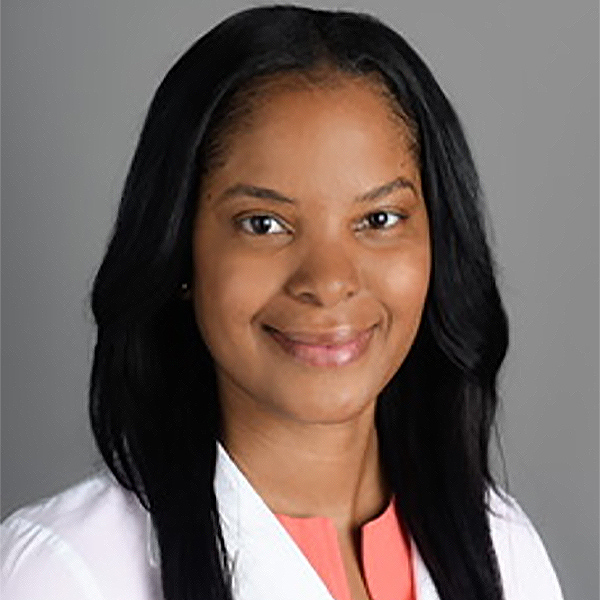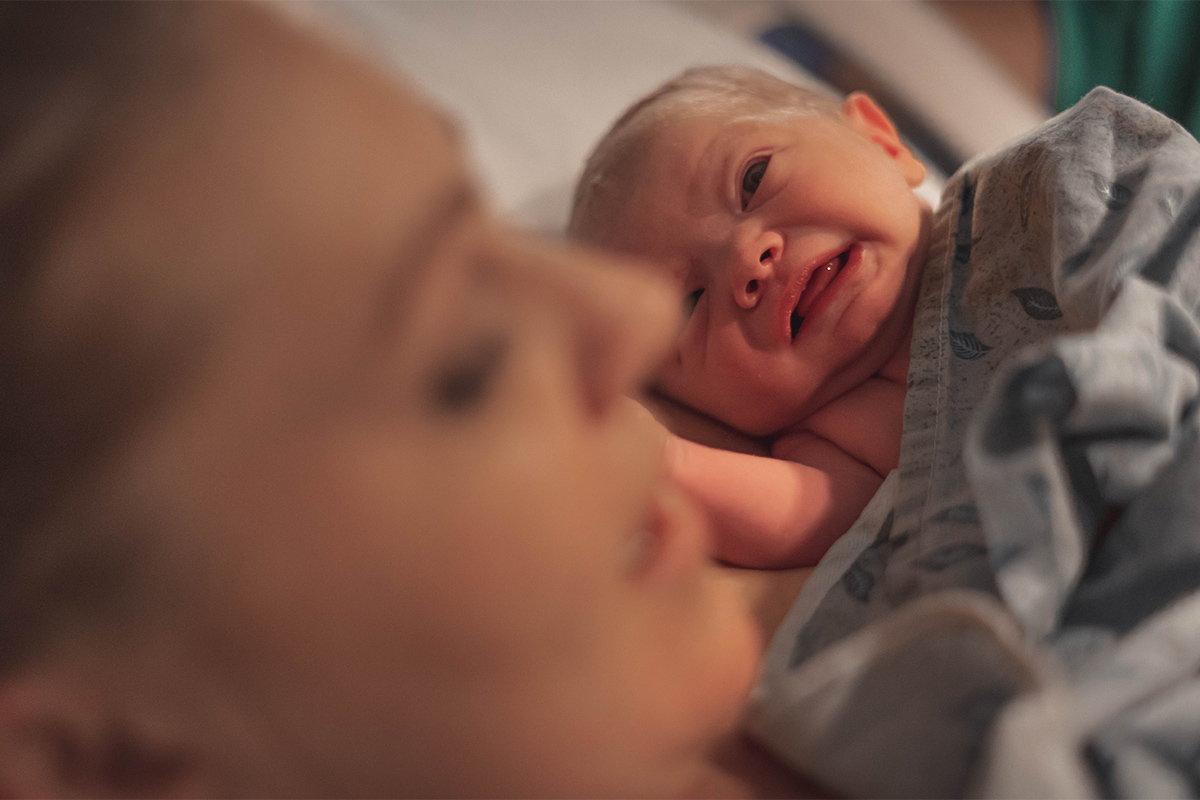#ChooseCardiology: Nicole B. Cyrille-Superville

FEATURE | Like the vibrant purple flower of the Foxglove, the field of heart failure has blossomed over the past few decades, with exciting developments not only in the pharmaceutical realm but also in the arena of mechanical support devices – making in some cases the impossible, possible!
It is hard to imagine that prior to the 1980s, the mainstay treatment for many patients was simply digoxin and diuretics. The dynamic nature of the field today is what led me to a career in advanced heart failure.
With new therapies like sacubitril/valsartan for those with chronic systolic heart failure, tafamidis for transthyretin cardiac amyloid, more hemocompatible Heart Mate 3 left ventricular assist device and many advances in cardiac transplant for patients with end stage disease, heart failure patients face a brighter tomorrow that I am thrilled to be a part of.
There is no doubt that caring for such a population is challenging, but the day-to-day impact on patients and their loved ones is simply unmatched.
One of my most memorable experiences as a fellow was caring for a 28-year-old peri-partum patient in cardiogenic shock. She had delivered less than 48 hours prior, and what was supposed to have been a joyful time – celebrating the birth of her first child – turned into one of the most terrifying.
She was transferred to our hospital on an intra-aortic balloon pump and quickly escalated to peripheral extracorporeal membrane oxygenation (ECMO) given worsening hemodynamics and poor end organ perfusion.
Though we had provided her with adequate cardiac support, the clock was still ticking. How long could we avoid the dreaded complications of ECMO while allowing her heart the time needed for potential recovery?
Ultimately, she was converted to CentriMag biventricular assist devices (BIVADs) and extubated with ongoing cardiac transplant evaluation. With large bore cannulas safely secured to her chest, she was able to participate in rehab after weeks of being confined to bed.

Most importantly, she was now able to bond with her few-weeks-old baby who was brought to the bedside daily. Fortunately, for this new mom, she would go on to have cardiac recovery with BIVAD explant.
Of course, the success of any patient is dependent on a team of individuals, whether they are as complicated as the one I described above or merely the patient thriving on medical therapy from the get-go.
Thus, I was blessed throughout my training with many great influences. It is hard to forget Drs. Patel, Sims, Ibrahim, Coliagnese and many others who shared so much of their knowledge, experience and willingness to go the extra mile.
Just as invaluable is the compassion and endless dedication from the surgeons, heart failure and transplant coordinators, pharmacists, social workers, nutritionists, and palliative care team.
In the midst of it all, my career in heart failure has afforded me a deeper appreciation for two of the most important roles – that of a mother and a wife.
Our field reminds us daily to be grateful for what truly matters in life!
